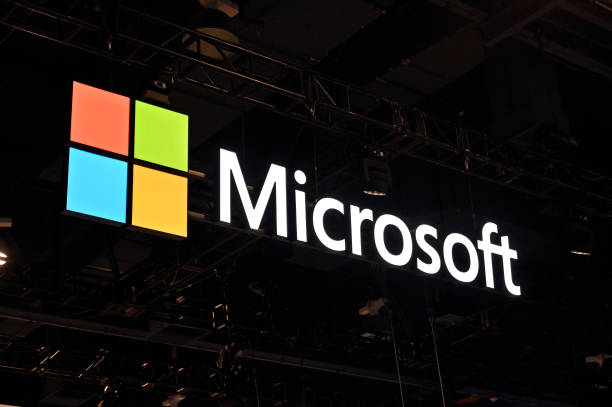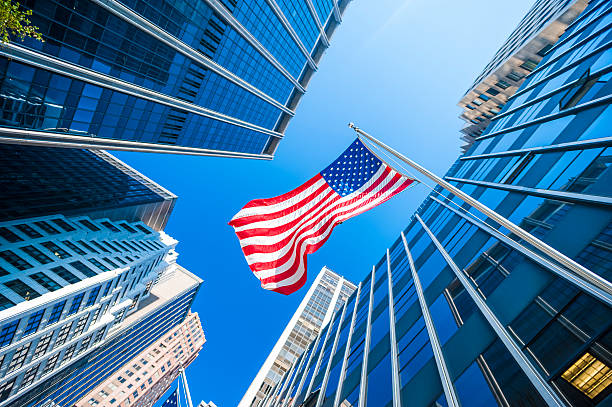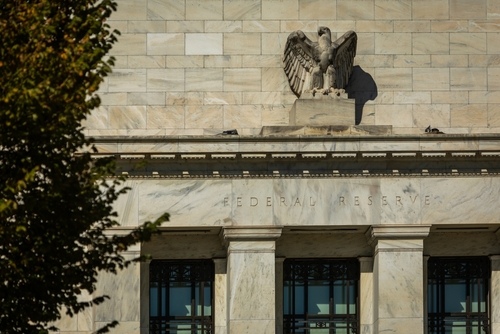RPT-COLUMN-Retail replaces 'smart money' as Wall Street rocket fuel: McGeever

By Jamie McGeever
ORLANDO, Florida, July 29 (Reuters) - Retail investors are often late to Wall Street parties, only catching the rally once it's established and "smart money" is looking for the exit. But that doesn't appear to be the case this time around.
Flow and survey data show that – far from playing catch-up – retail investors are a key force behind the latest U.S. equity whoosh that has been lifting the S&P 500 and Nasdaq to new highs on a near-daily basis.
Retail investor participation as a share of total S&P 500 flow last week reached 12.63%, according to calculations by Goldman Sachs analysts. That's the highest share since February and well above the recent average, as retail participation has rarely exceeded 13% in the last few years, their figures show.
Retail investors have been the "primary" driver of the current rally, Barclays equity strategists suggest, pouring more than $50 billion into global stocks over the last month. And their enthusiasm for equities is continuing to build, while institutional participation remains "muted", Barclays strategists note.
"Re-risking seems to be the priority for small investors as improved sentiment into 2Q25 earnings, resilient macro data and Fed cut speculation combine to outweigh still-lingering tariff threats and deficit concerns," they wrote last week.
This optimism was underscored in Morgan Stanley's latest quarterly survey of retail investors published last week. It shows 62% of those polled are now bullish U.S. equities, and 66% reckon the U.S. market will rise by the end of the quarter. These are both the highest levels since the survey was launched two and a half years ago.
LONG KRISPY KREME
This surge in retail activity could be a positive development. At a basic level, broader participation and democratization of the market is to be welcomed. And some analysts reckon the retail investor community has matured since 2021 when the "meme stock" frenzy spilled over into the wider market.
But current retail trading still includes some of this highly speculative, often options-related meme stock activity, with the main targets this time around being heavily shorted names like Krispy Kreme, GoPro and Kohl's.
Indeed, Bank of America analysts note, "zero-day to expiry" options that are popular with retail investors recently accounted for more than 60% of all S&P 500 options trading activity.
And the longer the rally continues, the more fears of a major correction that crushes the retail community are bound to grow. These fears are not unwarranted.
The latest figures from the Financial Industry Regulatory Authority (FINRA) show that margin debt in U.S. stocks has crossed the $1 trillion mark for the first time. This represents both retail and institutional investors’ activity, but according to JP Morgan analysts, the retail cohort is predominantly responsible for the rise.
Of course, investors' margin debt would be expected to rise over time in line with inflation and the underlying equity indices, particularly in a bull market. But some analysts still consider rising margin debt a sign of market froth or outright over-exuberance.
REGULATORY EASING
On top of all this, retail investors may soon get a helping hand from Washington. A series of what Bank of America analysts call "financial regulation policy-easing" measures are being lined up that will facilitate retail investors' trading in equities and other less-liquid markets.
For example, the Trump administration is drawing up an executive order to allow retail investors to add private equity into 401(k) retirement funds. Media reports also suggest FINRA is considering proposals to ease the "Pattern Day Trading Rule" – which was set up to limit highly speculative trading practices – by slashing investors' minimum margin account balance requirements to $2,000 from $25,000 currently.
Of course, with deregulation comes higher risk and lower protection for investors. But for now, retail investors are in the driver's seat and enjoying the ride.
(The opinions expressed here are those of the author, a columnist for Reuters)





